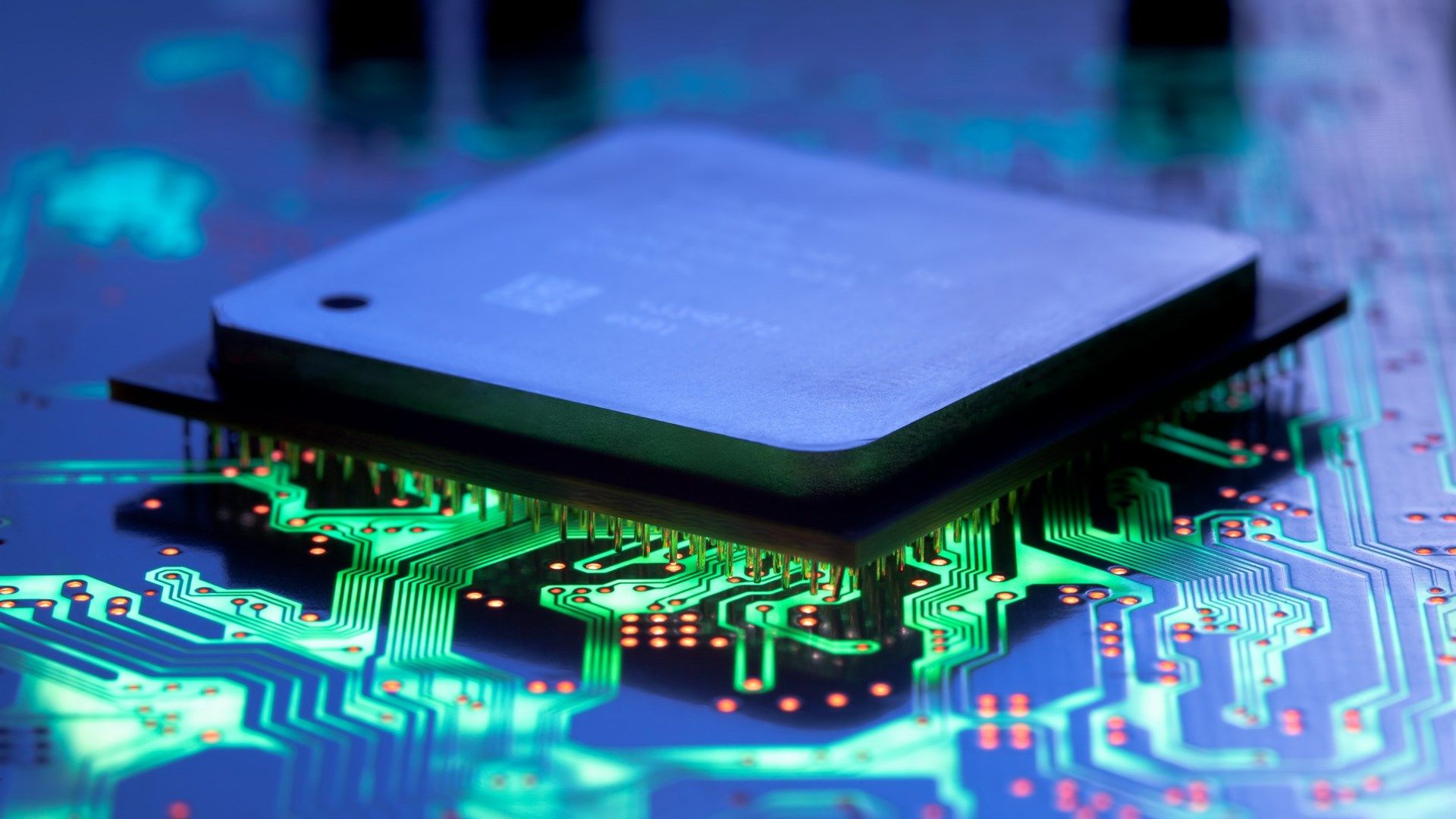Technological Component In the intricate web of technological progress, where innovations propel us into the future, it’s essential to peel back the layers and unveil the Technological Components orchestrating this digital symphony. These components are the building blocks that power our devices, networks, and systems, driving us toward unprecedented realms of possibility. As we embark on this journey of exploration, we’ll delve deep into these components, decode their functions, and appreciate their profound impact on our digital landscape.
1. Microprocessors: The Brains of the Operation
At the heart of every computing device lies the microprocessor, an electronic component that executes instructions and carries out calculations. These silicon marvels have evolved dramatically over the years, becoming faster, more efficient, and capable of handling complex tasks. Microprocessors are the driving force behind the devices we rely on daily, from smartphones to supercomputers.
2. Integrated Circuits (ICs): Miniature Wonders
Integrated Circuits, commonly known as ICs, are the workhorses of modern electronics. They are microscopic assemblies of electronic components etched onto a semiconductor material. ICs perform a multitude of functions, from amplifying signals in audio devices to processing data in microcontrollers. The relentless miniaturization of ICs has led to the creation of powerful yet compact devices.
3. Transistors: Switches in the Digital World
Transistors are the elemental units of digital electronics. These semiconductor devices function as switches, allowing or blocking the flow of electrical current. Transistors enable binary logic, the foundation of digital computing, where information is represented as a sequence of ones and zeros. The relentless scaling down of transistors has enabled the creation of increasingly powerful and energy-efficient devices.
4. Printed Circuit Boards (PCBs): The Nervous System
Behind the sleek exteriors of electronic gadgets, Printed Circuit Boards or PCBs form the intricate nervous system. PCBs are flat boards with conductive pathways etched onto them, connecting various components and facilitating the flow of electricity. These unassuming boards play a pivotal role in organizing and connecting the components that make our devices function seamlessly.
5. Memory Modules: Storing the Digital Realm
Memory modules are the digital archives, where data and instructions are stored for retrieval. From volatile RAM (Random Access Memory), which temporarily holds data for processing, to non-volatile storage like SSDs (Solid State Drives) and HDDs (Hard Disk Drives), these memory components preserve the digital realm. Their capacity and speed impact how swiftly information can be accessed and processed.
6. Sensors: Capturing the World
Sensors are the eyes and ears of the digital world. These technological components detect physical changes in the environment and convert them into electrical signals. From ambient light sensors in smartphones to temperature sensors in home thermostats, these devices enhance our interaction with the digital realm and enable automation and data collection.
7. Connectivity Technologies: Bridging the Gap
The world today thrives on connectivity, made possible by a plethora of connectivity technologies. These components enable devices to communicate with each other and access the internet. From Wi-Fi and Bluetooth for short-range connections to cellular networks and satellite communication for long-range connectivity, these technologies form the backbone of our interconnected world.
8. Power Supplies: Keeping the Lights On
Power supplies are the unsung heroes, providing the energy required to keep our devices running. These technological components convert electrical energy from outlets or batteries into forms suitable for device operation. They come in various forms, from linear power supplies to switching power supplies, each optimized for specific applications.
9. Displays: Visualizing the Digital Realm
Displays are our windows into the digital realm. From traditional LCDs (Liquid Crystal Displays) to modern OLEDs (Organic Light Emitting Diodes), these display technologies render information in a visual format. They vary in size, resolution, and capabilities, offering immersive experiences on smartphones, TVs, monitors, and augmented reality devices.
10. Algorithms: The Invisible Architects
While not tangible components, algorithms are the invisible architects of the digital world. These complex sets of instructions dictate how data is processed, analyzed, and transformed. Algorithms power search engines, recommendation systems, and machine learning models, shaping our online experiences and influencing decision-making processes.
The Tapestry of Innovation
The interplay of these Technological Components forms a mesmerizing tapestry of innovation. The devices we rely on for work, communication, entertainment, and exploration. They underpin the technologies that power smart cities, autonomous vehicles, artificial intelligence, and the Internet of Things (IoT). They are the silent enablers of progress, weaving a digital future that unfolds before our eyes.
Technological Components at Play it’s crucial to appreciate the role these components play in shaping our world. From the transistors orchestrating digital logic to the displays rendering our visual experiences, each component, regardless of its size or complexity, is a testament to human ingenuity and the relentless pursuit of technological advancement.
Technological Components at Play these components are the instruments, the notes, and the melodies that compose our digital existence. They are the unseen architects of our future, forging a path toward possibilities we can only begin to imagine. So, let us marvel at their intricacies and embrace the innovation they bring. For the journey of technological progress a tapestry woven from the threads of these remarkable components.

